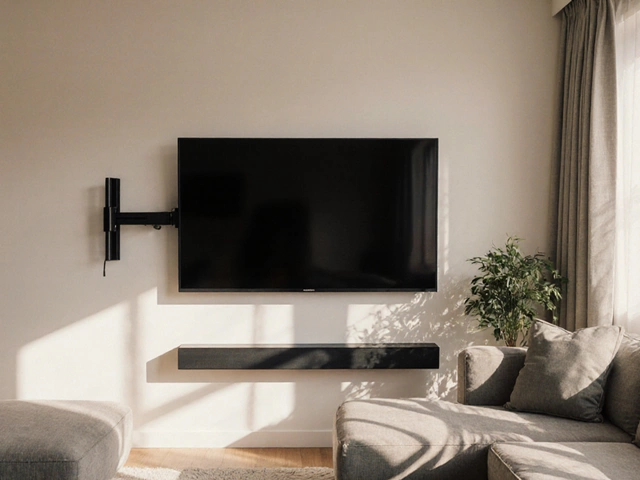Fridge Layout Drawbacks
When dealing with fridge layout drawbacks, the challenges that arise from poor refrigerator positioning in a kitchen. Also known as refrigerator placement issues, it can lead to wasted space, higher energy bills, and even safety hazards. Fridge layout drawbacks often stem from ignoring key factors like refrigerator placement, where the fridge sits relative to other appliances and traffic flow, the required appliance clearance, minimum distance needed to prevent heat and moisture issues, and proper heat protection, measures that keep the fridge away from heat‑producing devices. These entities are tightly linked: a cramped layout reduces clearance, which raises the fridge’s workload and can cause overheating, while insufficient heat protection invites condensation and molds. In short, fridge layout drawbacks encompass heat exposure, energy inefficiency, and safety concerns. By understanding how these elements interact, homeowners can avoid costly redesigns and keep the kitchen safe and functional.
Practical Steps to Dodge Common Pitfalls
Addressing kitchen safety, the overall well‑being of everyone using the cooking area starts with a clear plan for refrigerator placement. First, ensure a clearance distance, typically at least 2‑3 inches from the back and sides of the fridge to allow proper airflow; this reduces the engine’s strain and keeps temperatures stable. Second, keep the fridge away from stovetops, ovens, or microwaves—heat sources that can raise internal temperatures and force the compressor to work harder, directly linking appliance clearance to heat protection. Third, consider the traffic pattern: placing the fridge near doorways or main walkways can cause accidents, while an unobstructed path to the pantry or countertop improves ergonomics and lowers the chance of spills. Finally, use vent strips or heat‑resistant panels if the fridge must sit close to a heat‑producing appliance; this simple heat protection tweak prevents condensation and extends the appliance’s lifespan. By applying these guidelines, you’ll see lower energy bills, fewer maintenance calls, and a kitchen that feels safer and more organized.
The articles below dig deeper into each of these points, offering real‑world tips, design tricks, and safety checklists that turn a cramped, inefficient kitchen into a well‑planned space. Whether you’re renovating, moving, or just rethinking the layout, the collection gives you actionable insights to avoid the typical fridge layout drawbacks and enjoy a smoother, safer cooking environment.






